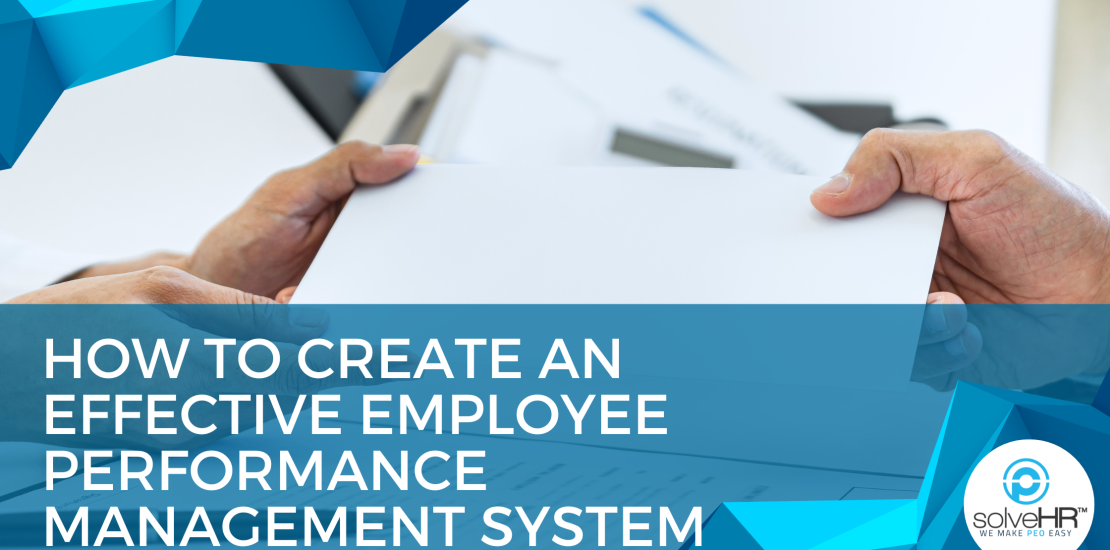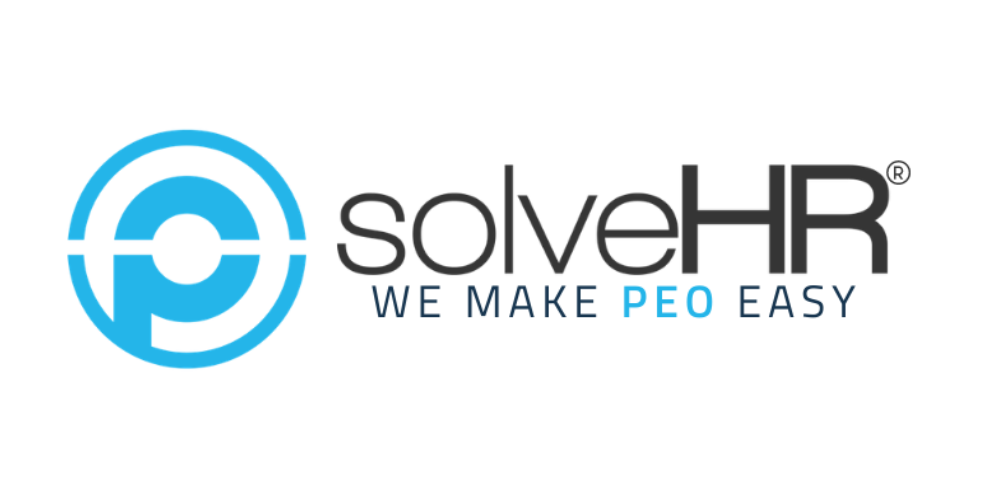- 04/24/2023
- Posted by: Matt Muriel
- Category: Uncategorized

An effective employee performance management system is essential for any organization that wants to ensure its workforce is productive, motivated, and aligned with the company’s goals. Such a system should provide employees with clear expectations, constructive feedback, and opportunities for growth and development. It should also help managers make informed decisions about promotions, bonuses, and other forms of recognition.
Here are some steps that organizations can take to create an effective employee performance management system:
Define performance expectations
The first step in creating an effective performance management system is to define performance expectations for each role within the organization. This means identifying the key performance indicators (KPIs) for each position and aligning them with the organization’s goals.
KPIs should be specific, measurable, achievable, relevant, and time-bound (SMART). Examples of KPIs include sales targets, customer satisfaction ratings, and production quotas.
Defining performance expectations should involve collaboration between managers and employees. Employees should have input into the development of their performance expectations and should understand how their performance is being measured.
Set clear goals
Once performance expectations have been defined, it is important to set clear and specific goals for each employee. Goals should be challenging yet achievable and should be aligned with the organization’s objectives.
Goals should be set in collaboration between managers and employees, and employees should have a clear understanding of how their goals align with the organization’s objectives. Goals should also be reviewed and updated regularly to ensure they remain relevant and achievable.
Provide regular feedback
Regular feedback is essential for improving employee performance. Managers should provide feedback on a regular basis, both formally and informally. This feedback should be constructive, specific, and focused on behaviors that can be changed.
Formal feedback should be provided on a regular basis, typically annually or semi-annually, through performance evaluations. Informal feedback can be provided on an ongoing basis through regular check-ins and one-on-one meetings.
Conduct performance evaluations
Regular performance evaluations are an essential part of any performance management system. These evaluations should be conducted on a regular basis, typically annually or semi-annually, and should be based on the performance expectations and goals that have been set.
Performance evaluations should involve a review of an employee’s performance against their performance expectations and goals. They should also involve a discussion of strengths and areas for improvement and the development of individualized development plans.
Performance evaluations should be conducted in a supportive and constructive manner, with a focus on improvement rather than blame.
Develop individualized development plans
Once performance evaluations have been conducted, it is important to develop individualized development plans for each employee. These plans should focus on the employee’s strengths and areas for improvement and should include specific actions to be taken to develop these areas.
Development plans should be developed collaboratively between managers and employees and should be based on specific, achievable goals. They should also be regularly reviewed and updated to ensure they remain relevant.
Development plans should include a combination of on-the-job training, coaching, mentoring, and formal training programs.
Provide training and development opportunities
Organizations should provide training and development opportunities to help employees improve their skills and knowledge. This can include on-the-job training, mentoring, coaching, and formal training programs.
Training and development opportunities should be aligned with the organization’s goals and objectives and should be tailored to meet the needs of individual employees. They should also be regularly reviewed and updated to ensure they remain relevant.
Training and development opportunities should be seen as an investment in employees’ development, rather than a cost.
Recognize and reward performance
Finally, organizations should recognize and reward employees for their performance. This can include bonuses, promotions, awards, and other forms of recognition.
Recognition and rewards should be tied to the achievement of performance expectations and goals and should be provided in a timely and meaningful manner. They should also be seen as a way to reinforce desired behaviors and motivate employees to continue to perform at a high level.
It is important to note that recognition and rewards should be fair and consistent across the organization, and should not be based on favoritism or other biases.
In conclusion, creating an effective employee performance management system requires a clear understanding of performance expectations, regular feedback, performance evaluations, individualized development plans, training and development opportunities, and recognition and rewards. By implementing these steps, organizations can ensure that their workforce is productive, motivated, and aligned with the company’s goals.
Need help keeping your employee engaged and satisfied? SolveHR offers specialized strategic human resource strategies that can help you increase your employee retention. We make HR easy so you can focus on what’s important—Growing your business!

